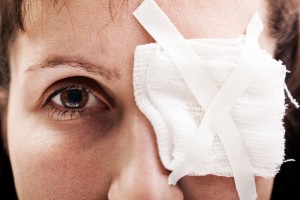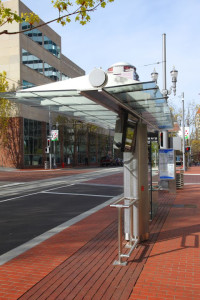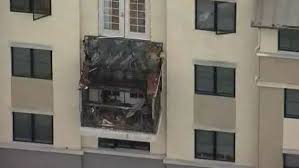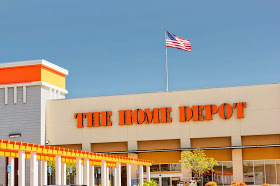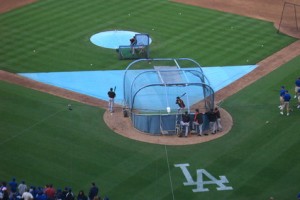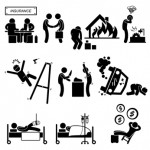
Lowe’s Home Improvement Warehouse exterior. Lowe’s is an American chain of retail home improvement stores in the United States, Canada, and Mexico.
As a Lowes hardware accident attorney in California, I know that Lowes Companies, Inc. is big business in the Golden State. The hardware, appliance and home improvement store operator has 1,140 stores in the United States, 40 stores in Canada and another 10 in Mexico. The company has plans to open another 150 stores in Australia under a different name. Lowes is number 50 on the Fortune 500 list, and only Home Depot sells more hardware, appliance and home improvement products than Lowes.
Lowes operates 111 stores in California. Only Texas and Florida have more. As a majority shareholder, the company also operates more than 70 neighborhood hardware and backyard stores known as Orchard Supply Hardware that it acquired in 2013. Nearly all of those stores are in California too.
 California Accident Attorneys Blog
California Accident Attorneys Blog


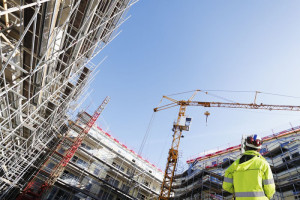 On October 20, 2011, a young California man, who was employed as a union carpenter for Ghilotti Construction, fell and injured his back while working on a bridge. The incident occurred as the result of a piece of uncapped rebar snagging the worker’s pant leg and causing him to fall. He was wearing a 50 pound utility belt at the time of the fall, and his leg remained about two feet in the air, both of which exacerbated the injury he sustained.
On October 20, 2011, a young California man, who was employed as a union carpenter for Ghilotti Construction, fell and injured his back while working on a bridge. The incident occurred as the result of a piece of uncapped rebar snagging the worker’s pant leg and causing him to fall. He was wearing a 50 pound utility belt at the time of the fall, and his leg remained about two feet in the air, both of which exacerbated the injury he sustained.